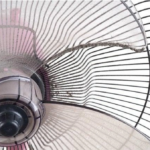Not all fans are created equal, and one of the most notable differences lies in the number of blades they possess. You’ll typically find an odd number of blades on fans, with 3 or 5 blades being the most common configuration.
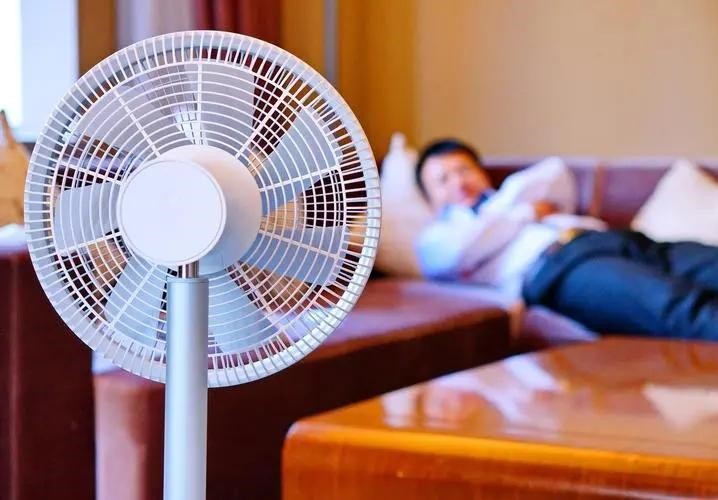
Why do fan designers favor odd numbers for their blades?
The odd-number blade design is prevalent in the fan industry, and there’s a good reason for it. By having an odd number of blades, such as 3, 5, or even 7, fans can maintain two symmetrical centers. This clever design choice ensures balance and stability, even when the fan is spinning at high speeds. As a result, you get efficient and safe performance from your cooling appliance.
On the other hand, even-numbered blade fans might surprise you with unexpected breakage. When a fan has two symmetrical blades, their vibrations can synchronize and create a resonance effect. This puts additional stress on the blades, leading to metal fatigue and eventual breakage over time.
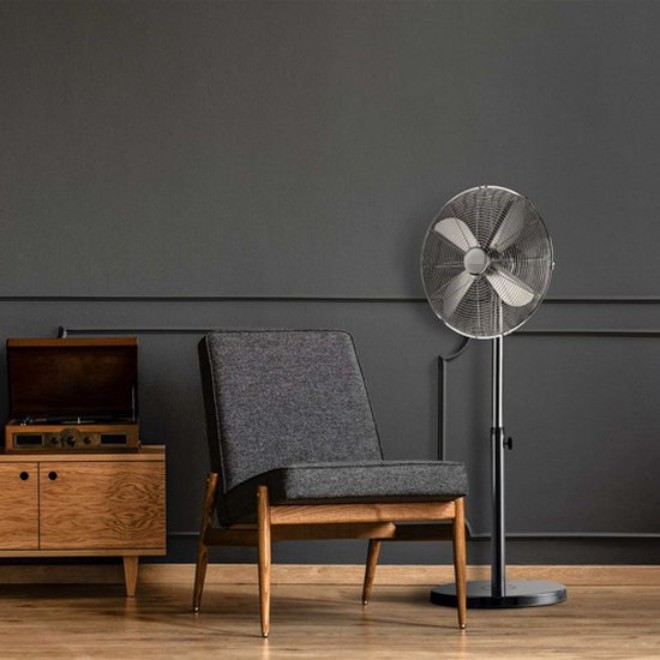
Do more blades mean better cooling performance?
While you might assume that more blades equal better cooling, fan experts suggest otherwise. According to them, the number of blades doesn’t significantly impact the fan’s cooling efficiency. However, there are some subtle differences between fans with varying blade counts.
For instance, fans with more blades will generate more wind due to the closer spacing between the blades, resulting in more stable wind generation. Additionally, these multi-blade fans tend to operate more quietly too. The increased blade count creates greater resistance on the motor, striking an ideal balance between air circulation and noise reduction.
So, if you’re deciding between a 3-blade and a 5-blade fan, the latter will generally provide a cooler breeze and quieter operation. This holds true for pedestal, wall-mounted, and ceiling fans. Plus, 5-blade fans often get bonus points for their aesthetically pleasing design.
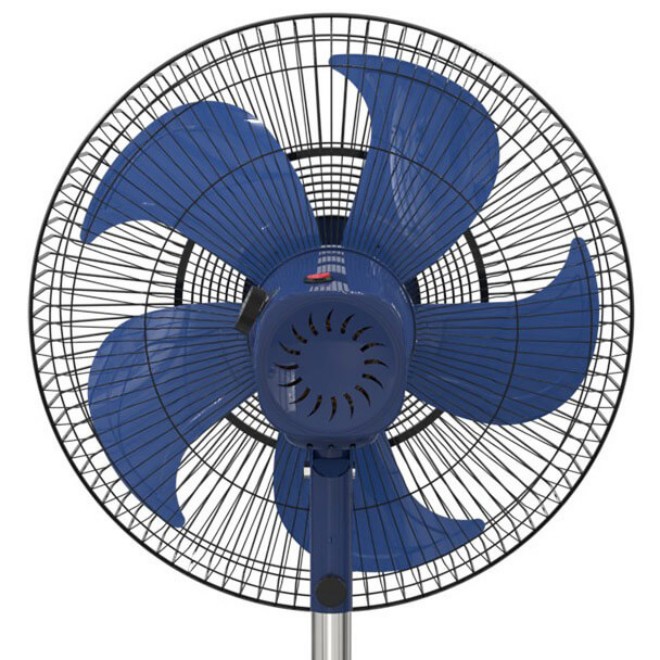
Are there any energy efficiency considerations when it comes to blade count?
When it comes to energy efficiency, 3-blade fans typically have the upper hand. The experts explain that as the blades move to generate wind, they experience a counterforce that can slow them down. This force, known as drag, reduces airflow, causing the fan to consume more energy to maintain blade performance.
With fewer blades, a 3-blade fan is essentially lighter in weight, requiring less energy to operate. So, if you’re conscious about your energy consumption and costs, a 3-blade fan might be the more economical choice.
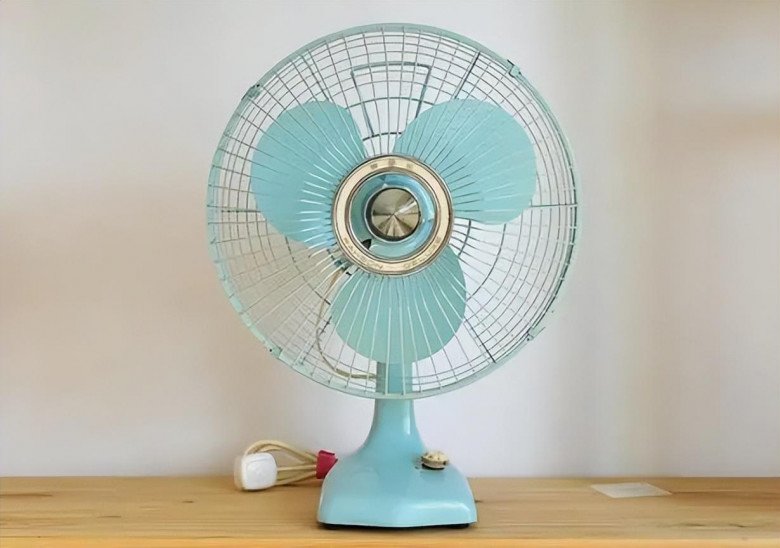
Beyond blade count: Other factors that influence fan performance and durability
While the number of blades is an important consideration, it’s not the only factor that determines a fan’s cooling performance and longevity. The material, style, size, and angle of the blades also play a significant role.
For example, heavier blade materials will naturally make the fan heavier, requiring a more powerful motor to generate a cool breeze. This can lead to higher energy consumption. On the other hand, a greater blade angle will result in a stronger wind output and a more intense cool breeze.


























